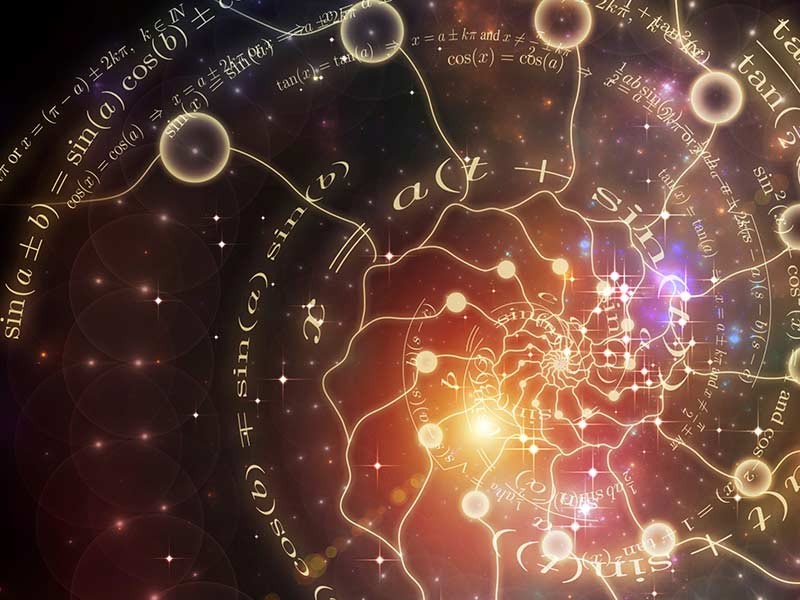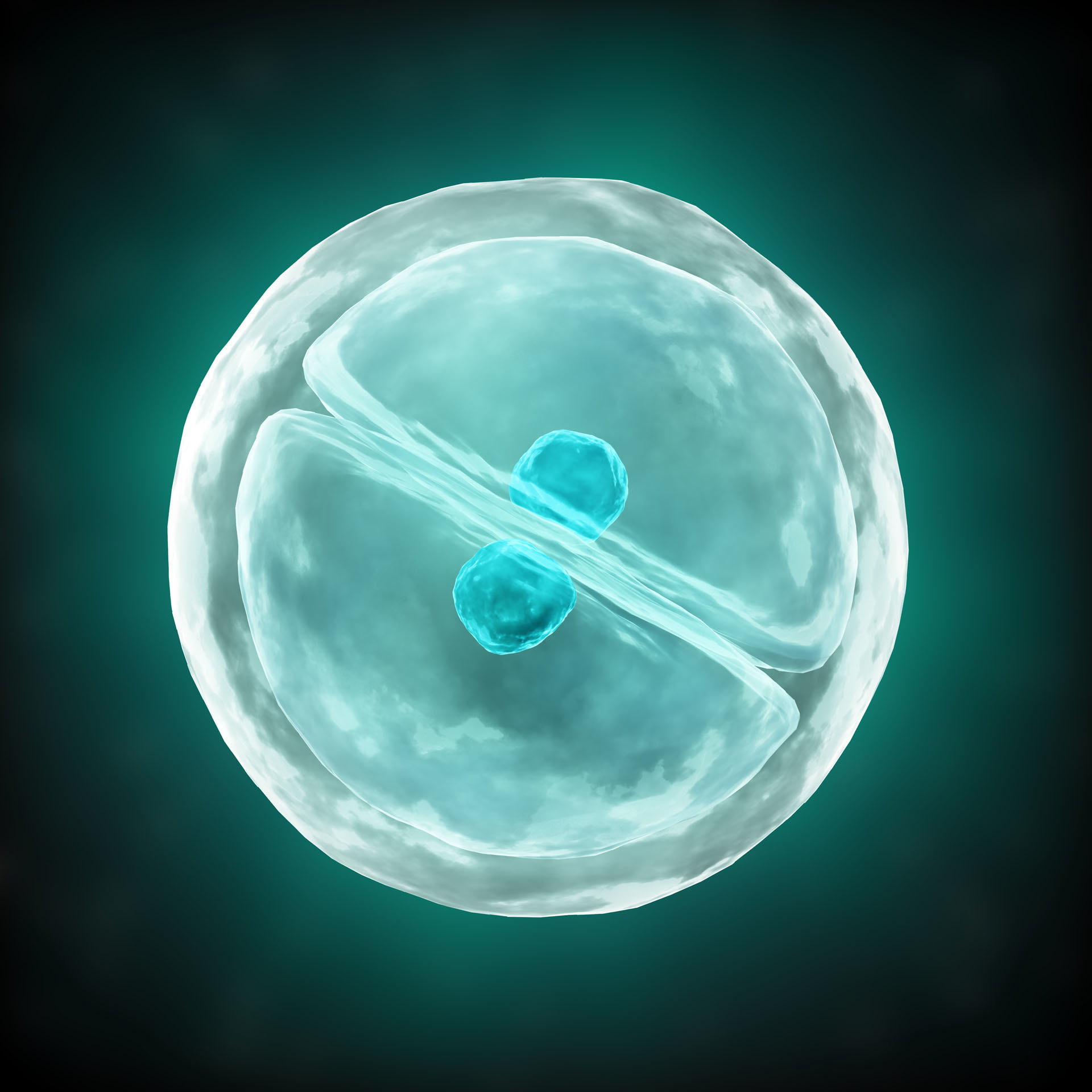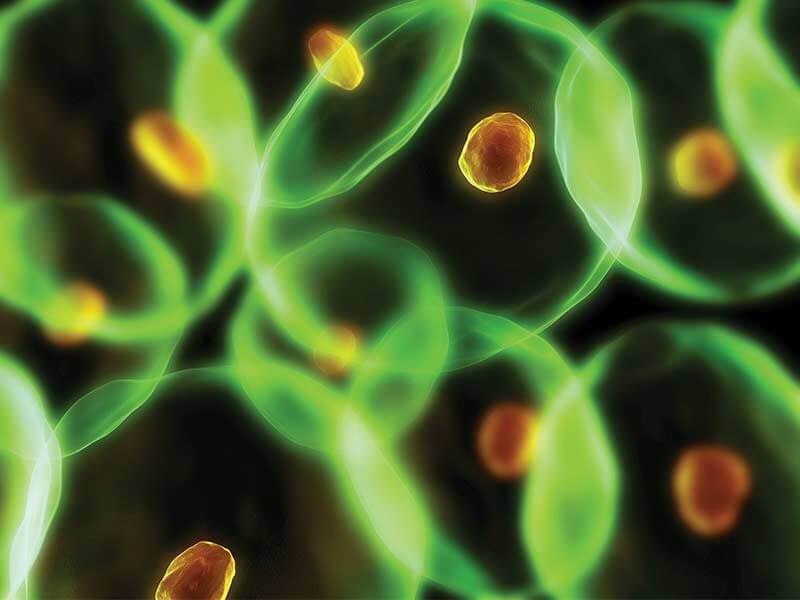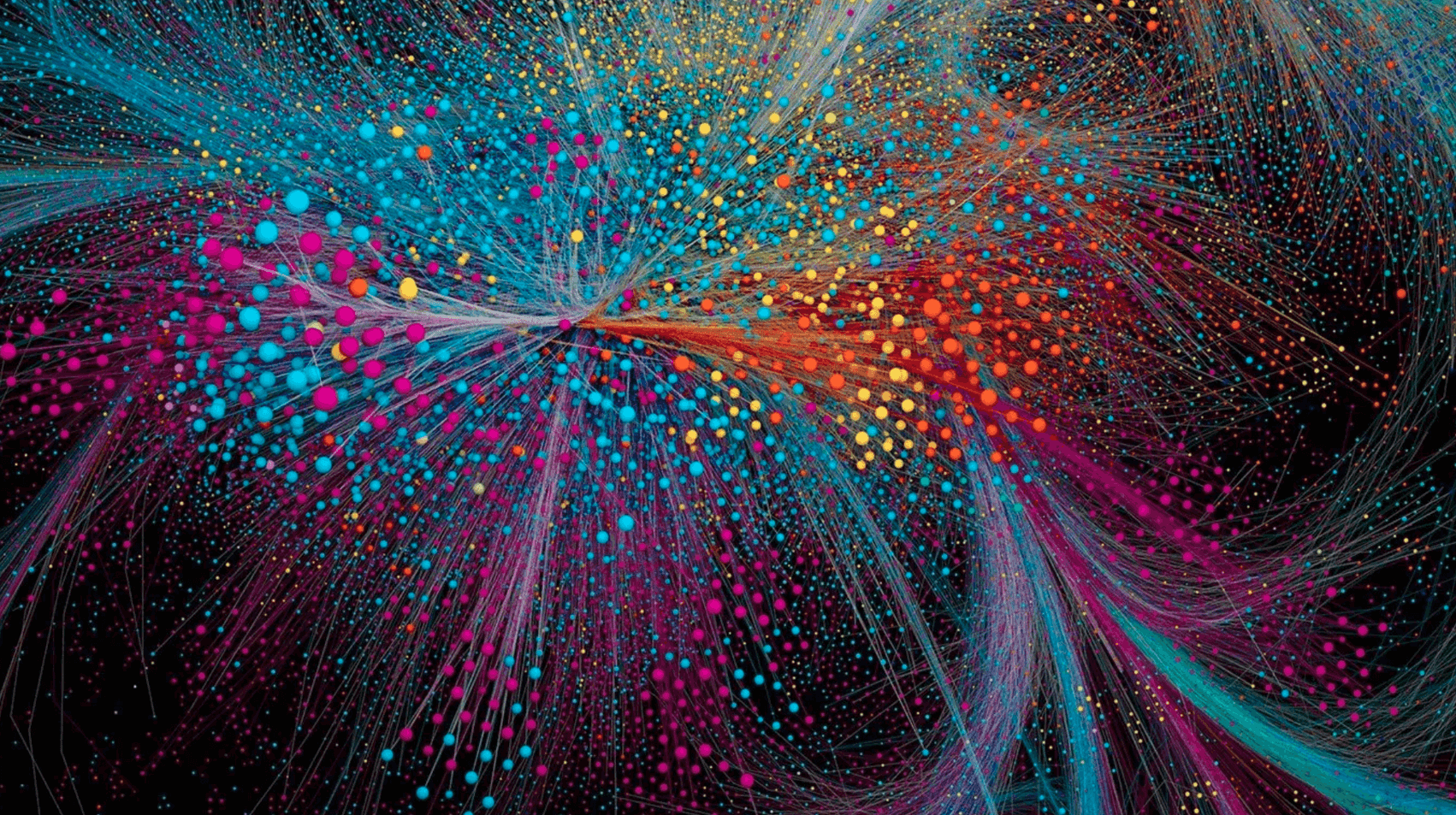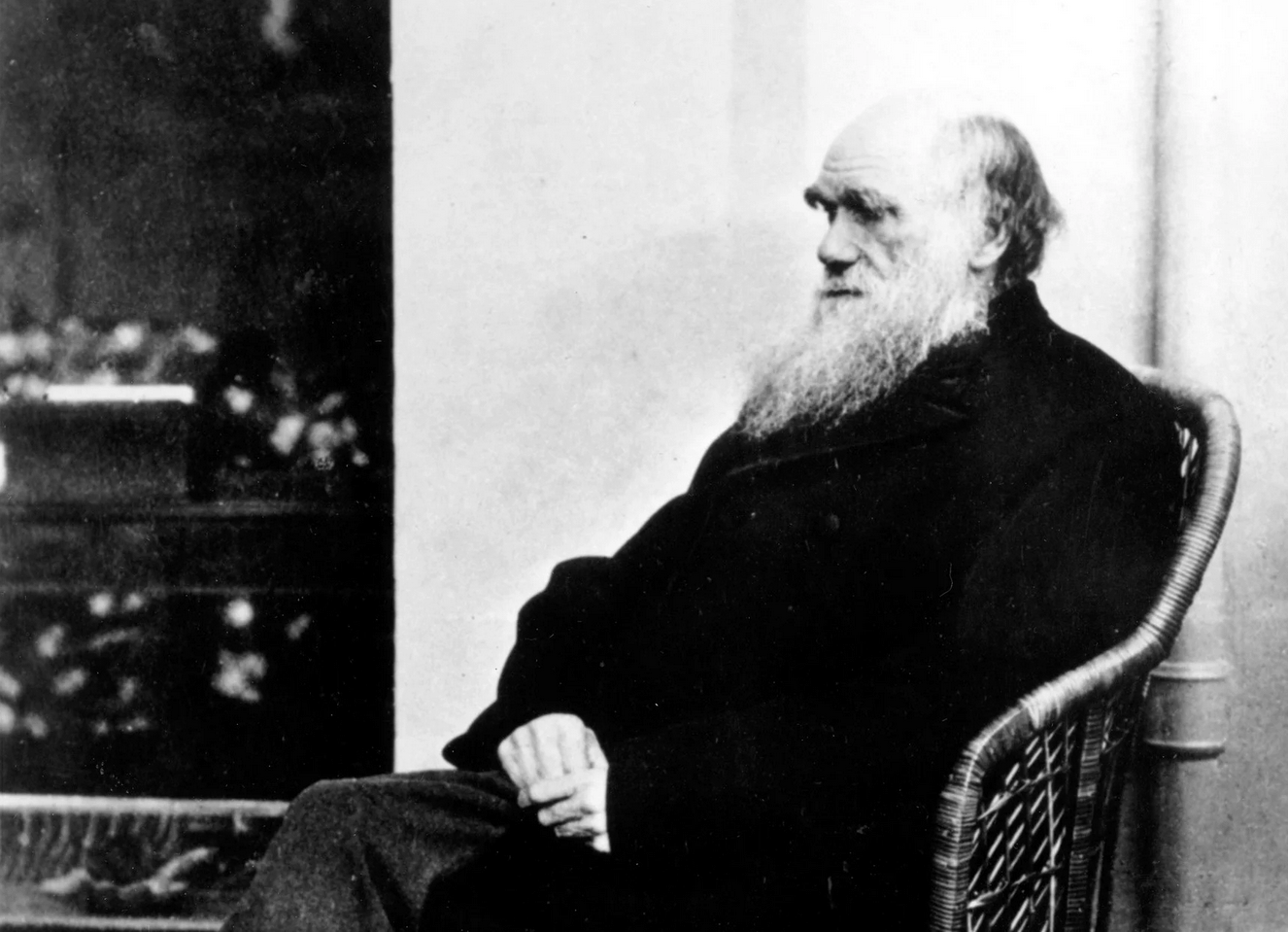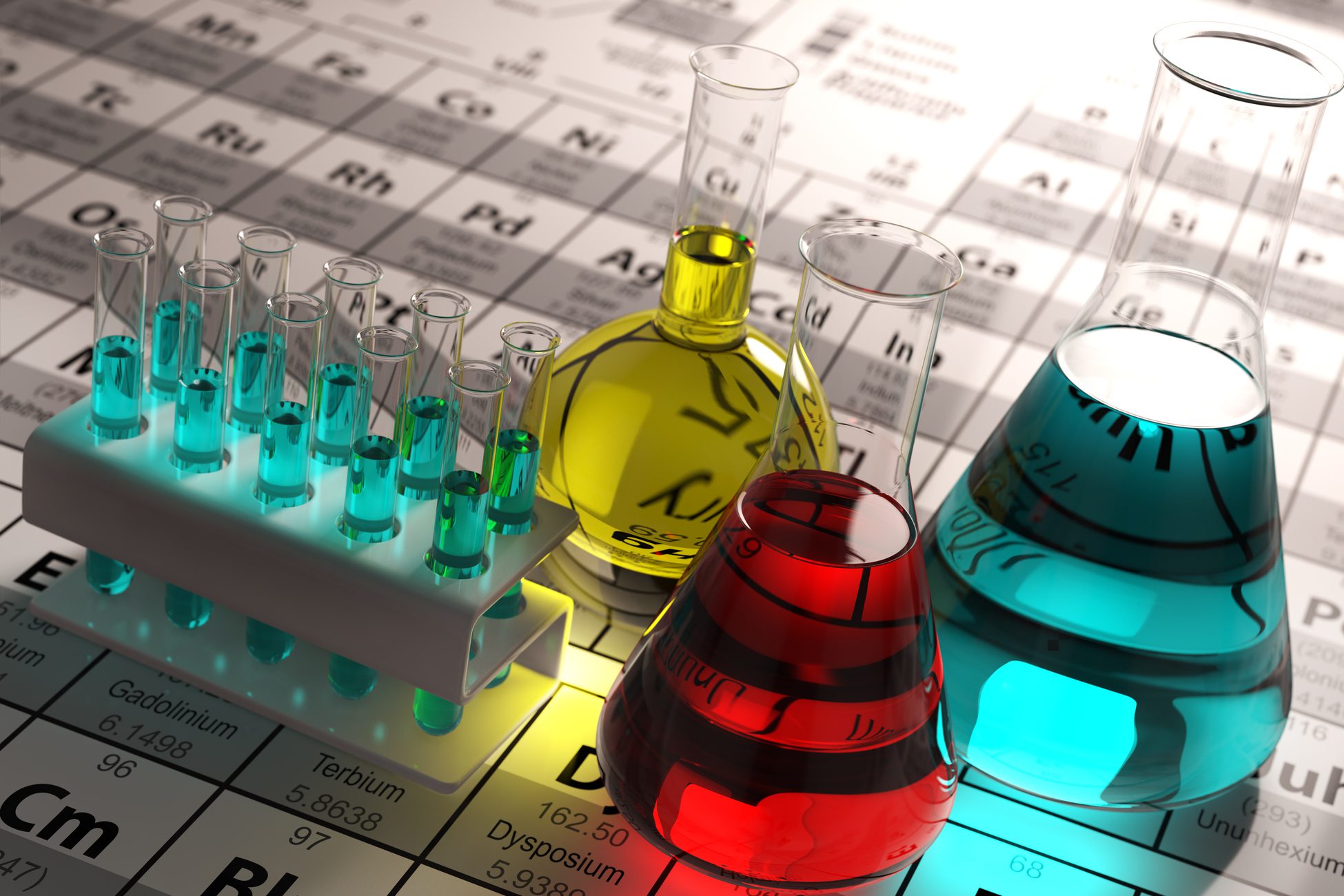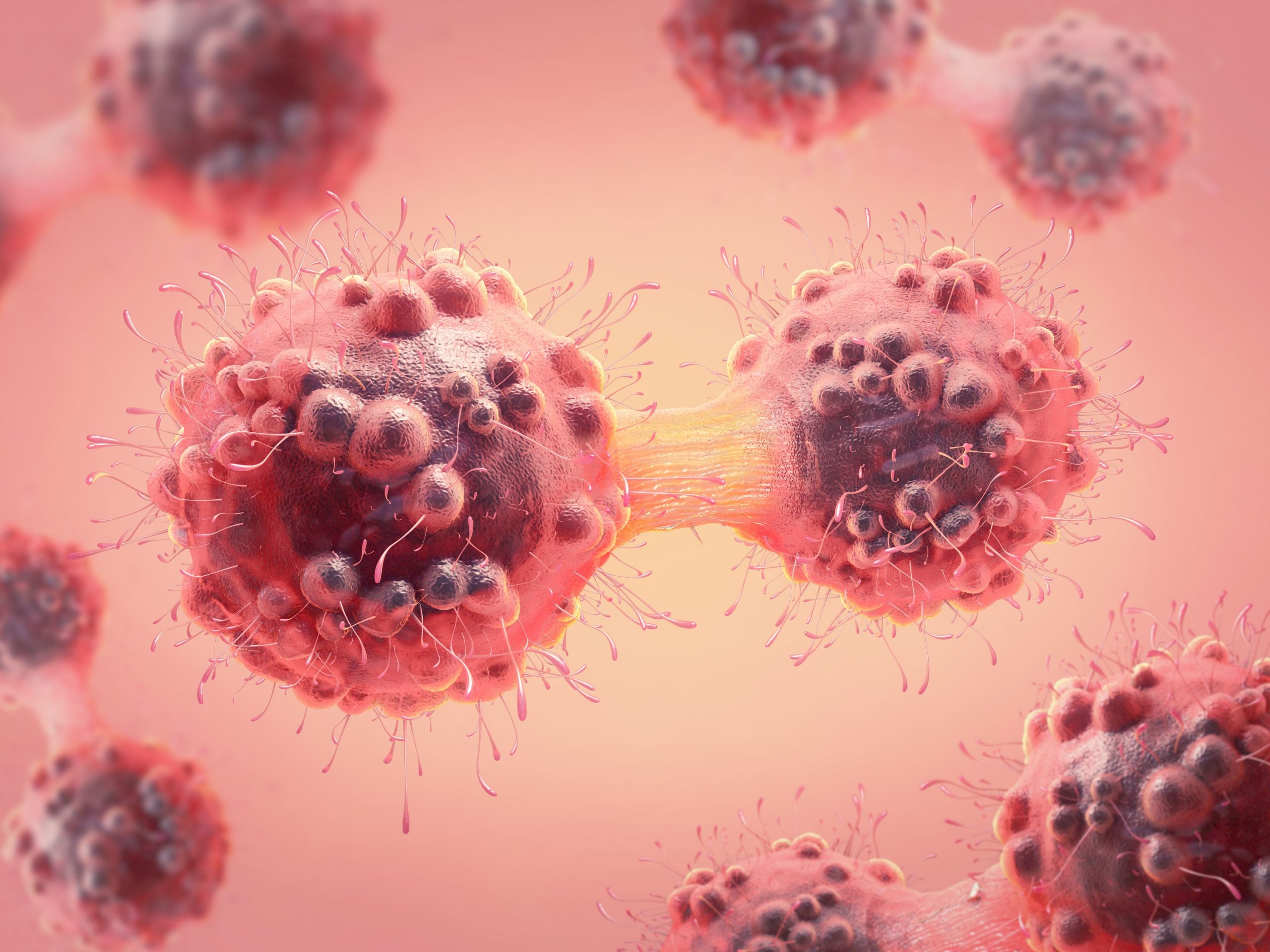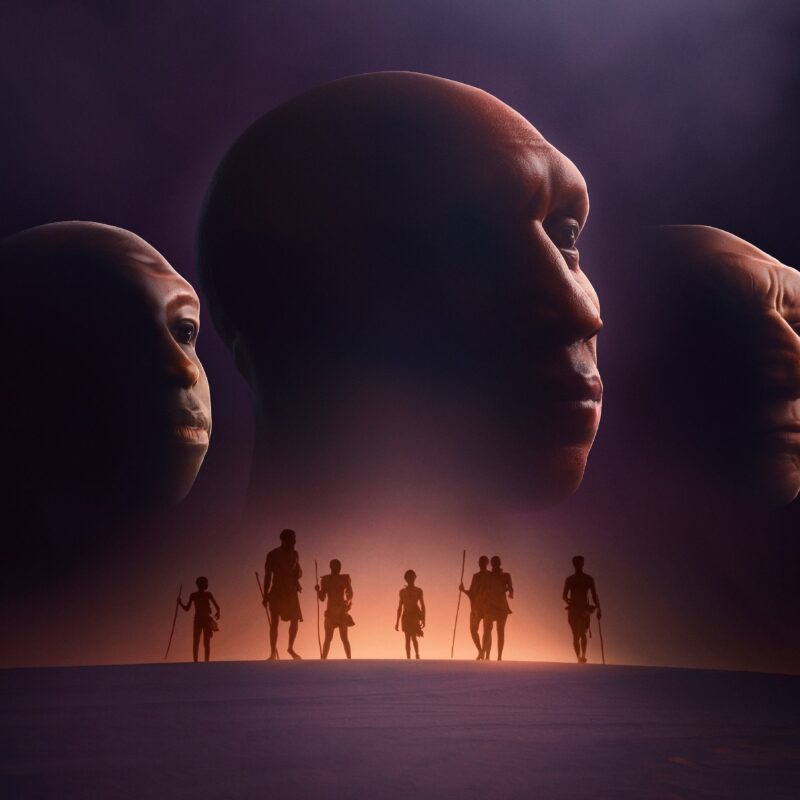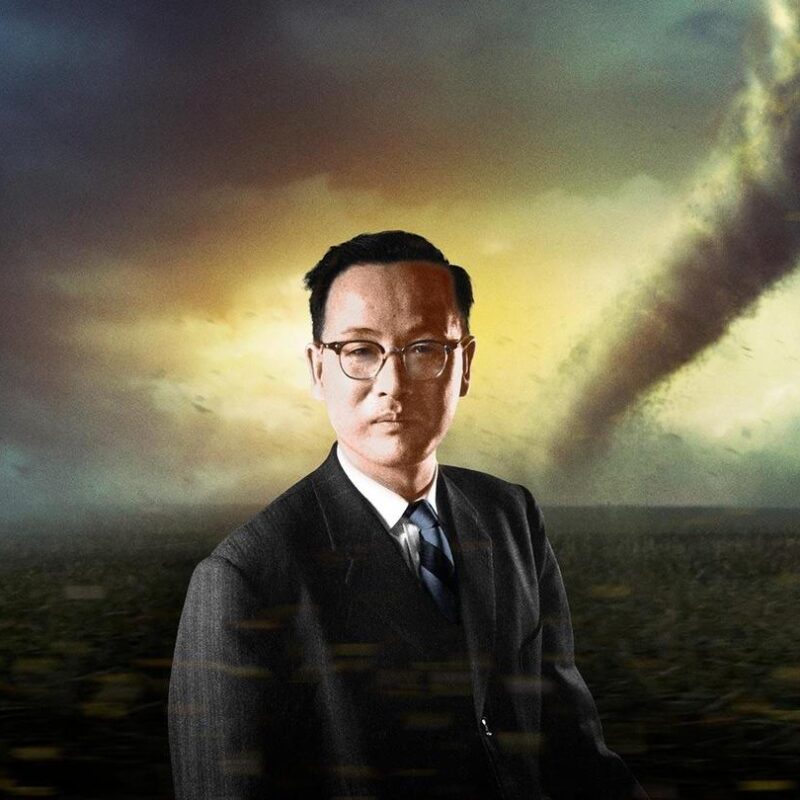description:
Cosmology. Neurology. Genetics. Chemistry. These are just a few of many fascinating branches of the scientific world ripe for exploration. But because science is such a vast arena of knowledge, people looking for a better grasp of its secrets often wonder where to begin. The answer: with the essentials.
episodes:
Turn now to cells and the intricate organization of life. As you take an in-depth tour of eukaryotic cells (the kind your body is made of), you’ll learn how to make sense of mitochondria, lysosomes, and other cell parts. You’ll also see cellular organization at work in everything from making proteins to generating energy.
Today, Charles Darwin’s landmark theory of evolution is biology’s fundamental organizing principle. So how did this revolutionary idea come about, and what were its roots? What scientific evidence proves the fundamental importance of evolution? What do antibiotics reveal about how the tireless tinkering of natural selection works in everyday life?
Explore some alternative mechanisms through which species can change, including genetic drift and gene flow, and the key role allele frequency plays in our understanding of evolution. You’ll also examine the Hardy-Weinberg principle, used by evolutionary scientists to determine whether a population is actually evolving, and which mechanisms are driving the evolution.
Explore some alternative mechanisms through which species can change, including genetic drift and gene flow, and the key role allele frequency plays in our understanding of evolution. You’ll also examine the Hardy-Weinberg principle, used by evolutionary scientists to determine whether a population is actually evolving, and which mechanisms are driving the evolution.
The way you see is modular—but your consciousness is coherent. How is this possible? To answer this perplexing question, you’ll explore the biology of the eye and investigate the curious “binding problem” at the heart of the intersection between neural physiology, cognition, and the philosophy of consciousness.
First, get a better understanding of how our ears are built, and how that construction affects the hearing process. Then, learn why hearing loss offers the perfect demonstration of just how complex this process is. Finally, consider the essential subjectivity of pitch and how hearing and sight interact with one another.
Science has revealed that our brains actually change shape over time. But how? Where in the brain does this occur? How are memories created? What is the relationship between brain plasticity and learning (or unlearning) skills and habits? These are just four of the many questions you’ll encounter in this first lecture on neuroplasticity.
Explore some alternative mechanisms through which species can change, including genetic drift and gene flow, and the key role allele frequency plays in our understanding of evolution. You’ll also examine the Hardy-Weinberg principle, used by evolutionary scientists to determine whether a population is actually evolving, and which mechanisms are driving the evolution.
Magnetism is undoubtedly a strange aspect of the scientific world. Here, Professor Viskontas reveals what we know (and have yet to uncover) about magnets and how they work. You’ll learn what makes a magnet magnetic, how spinning electrons create magnetic fields, the secrets of ferromagnetism, and much more.
Explore some alternative mechanisms through which species can change, including genetic drift and gene flow, and the key role allele frequency plays in our understanding of evolution. You’ll also examine the Hardy-Weinberg principle, used by evolutionary scientists to determine whether a population is actually evolving, and which mechanisms are driving the evolution.
Explore the concept of power in the inanimate world—as predicted through the three fascinating laws of thermodynamics (which describe the relationship between heat and work). Along the way, you’ll understand how an ideal engine works and witness thermodynamics in action through the famous examples of steam and internal combustion engines.
See how the laws of thermodynamics apply to metabolism, the energy exchanges between cells that keep us alive. Explore the inner workings of metabolism with detailed investigations of photosynthesis and cellular respiration. Learn how metabolism plays a role in today’s metabolic engineering, a process by which we harness single-celled organisms to create useful products.
Professor Viskontas offers you a clear explanation of how aerodynamics (or fluid mechanics) works. Central to this illuminating lecture: the opportunity to finally make sense of the fundamentals of this scientific concept, including buoyant force, the relationship between pressure and depth, Bernoulli’s equation, and the equation of continuity.
How has our greater scientific understanding of fluid mechanics given us the tools to move (and dominate) the land, sea, and air? How do we power the machines that allow us to do so? What’s the difference between form drag and skin friction? What’s actually happening when your plane hits turbulence?
Travel back to the very start of time and navigate the murky—but undeniably eye-opening—science behind the Big Bang. As you evaluate this scientific theory by considering the evidence available, you’ll also ponder three ways the universe could end: the Big Crunch, the Big Freeze, and the Big Rip.
Explore some alternative mechanisms through which species can change, including genetic drift and gene flow, and the key role allele frequency plays in our understanding of evolution. You’ll also examine the Hardy-Weinberg principle, used by evolutionary scientists to determine whether a population is actually evolving, and which mechanisms are driving the evolution.
Is light a wave or a particle? To find the answer, comb through revolutionary ideas by Max Planck and Albert Einstein to encounter the wave-particle duality (a paradox best captured by the famous Heisenberg principle). Then, investigate some of the applications of this duality, specifically through the development and use of lasers.
Quantum mechanics is full of strange contradictions, including a cat that is simultaneously alive and dead. Professor Viskontas introduces you to the Copenhagen Interpretation—the most popular (though still not universally accepted) way to think about this field. You’ll also consider some of quantum mechanics’ remarkable applications, from nanoscience to quantum computing.
What exactly is string theory? What can M-theory and the behavior of black holes reveal about it? How does the theory of Loop Quantum Gravity explain how gravity works at the quantum level? Answers to all this and more are here in this lecture on a mind-bending scientific concept.
The science of emergence explains how simple agents together perform complex feats that are impossible for individual agents to accomplish on their own. Consider what emergence can tell us about seemingly chaotic scenarios through several case studies from wildlife, including ant colonies and flocks of birds.
Continue your look at the most interesting ideas in emergence. First, learn about artificial intelligence and social robotics. Then, ponder the rise of the theory of mind and human self-awareness. Finally, discover how modern cities are emergent structures—and how we play the role of the simple agents that make them function.

